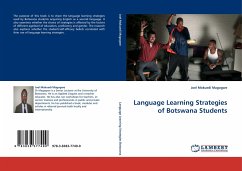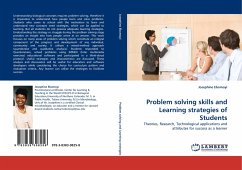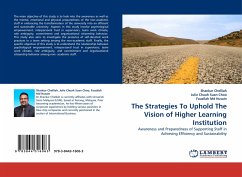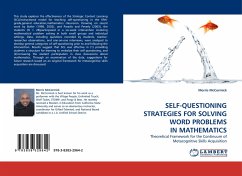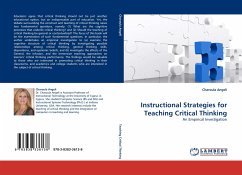
Learning Strategies
Top-level Structuring in Tertiary Education
Versandkostenfrei!
Versandfertig in 6-10 Tagen
52,99 €
inkl. MwSt.

PAYBACK Punkte
26 °P sammeln!
Learning to identify the way a text is organised can support learners to understand and remember information. In this case study, I taught a group of tertiary students to top-level structure, that is, to note whether a text is organised as a description, a comparison, a problem/solution, or a cause and effect. They were supported to use this strategy in their university work. Over the course of an academic year, these students became more overtly reflective about how they read and wrote and more expressive about the nature of their own learning. The intervention led to the development of a the...
Learning to identify the way a text is organised can support learners to understand and remember information. In this case study, I taught a group of tertiary students to top-level structure, that is, to note whether a text is organised as a description, a comparison, a problem/solution, or a cause and effect. They were supported to use this strategy in their university work. Over the course of an academic year, these students became more overtly reflective about how they read and wrote and more expressive about the nature of their own learning. The intervention led to the development of a theory about the ways in which learners adopt and adapt new strategies. This book is about metacognition, the awareness of one's own thinking and learning, and the importance of this for education.



